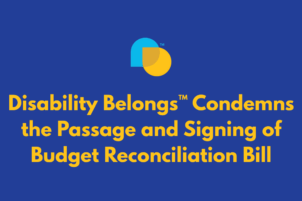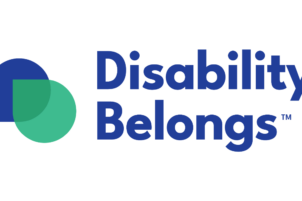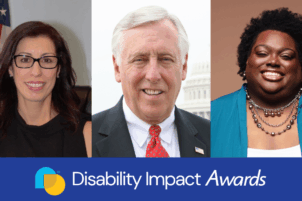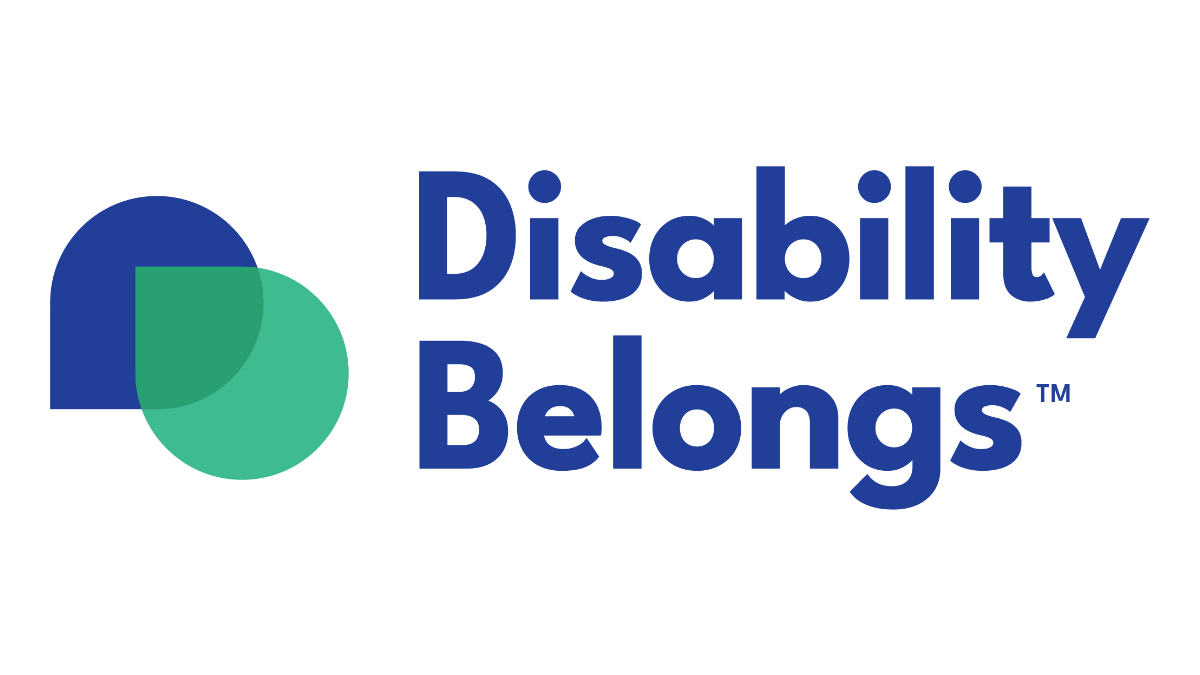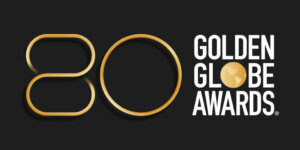 After grappling with a lot of diversity, equity, and inclusion issues throughout the past few years, the Hollywood Foreign Press Association’s Golden Globes will return to television this Tuesday, January 10, 2023. While the majority of films and television shows do not include any disability inclusion, it is important to note that several disability-inclusive films and television series have been nominated.
After grappling with a lot of diversity, equity, and inclusion issues throughout the past few years, the Hollywood Foreign Press Association’s Golden Globes will return to television this Tuesday, January 10, 2023. While the majority of films and television shows do not include any disability inclusion, it is important to note that several disability-inclusive films and television series have been nominated.
One-in-four adults having a disability in the U.S. today, but the lack of representation – just 3.5 percent of characters on TV and 2.3 percent on film – means that millions of people are unable to see themselves in media today. This makes it so important that several of the nominations this year feature disabled individuals.
 Of all the Best Picture nominees, “Everything Everywhere All at Once” is the only film to include disability in the plot. Evelyn Wang, played by Michelle Yeoh, was confirmed by Daniel Kwan, one-half of the writer/director team “Daniels,” to have undiagnosed ADHD. Kwan set out to write a lead character with undiagnosed ADHD, which he felt would add to the external and internal chaos in the film. Through his research of ADHD traits, Kwan felt a sense of familiarity and ended up getting diagnosed with ADHD himself.
Of all the Best Picture nominees, “Everything Everywhere All at Once” is the only film to include disability in the plot. Evelyn Wang, played by Michelle Yeoh, was confirmed by Daniel Kwan, one-half of the writer/director team “Daniels,” to have undiagnosed ADHD. Kwan set out to write a lead character with undiagnosed ADHD, which he felt would add to the external and internal chaos in the film. Through his research of ADHD traits, Kwan felt a sense of familiarity and ended up getting diagnosed with ADHD himself.
A Focus on Disability-Inclusive Animation
Two of the films nominated for best animated motion picture are disability inclusive. The plot of “Inu-Oh” involves a dancer with a physical disability who meets a blind musician. Both were ostracized by society due to their disabilities, but when they meet, “the pair quickly become business partners and inseparable friends as crowds flock to their electric, larger-than-life concerts.”
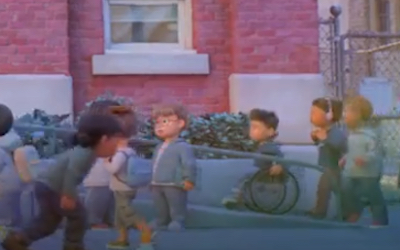 Pixar’s “Turning Red” does not directly deal with disability in its plot, but there are several places throughout the movie where background characters are seen in wheelchairs, including one using a ramp to get on a bus, and another fleeing the stadium in the climax of the film. In addition, the film features two diabetic characters. One classmate wears a insulin infusion device, indicating she has Type 1 diabetes. This was intentional; Susan Fong, the film’s technical supervisor who was diagnosed with Type 1 diabetes as a child, helped ensure the authenticity of the representation.
Pixar’s “Turning Red” does not directly deal with disability in its plot, but there are several places throughout the movie where background characters are seen in wheelchairs, including one using a ramp to get on a bus, and another fleeing the stadium in the climax of the film. In addition, the film features two diabetic characters. One classmate wears a insulin infusion device, indicating she has Type 1 diabetes. This was intentional; Susan Fong, the film’s technical supervisor who was diagnosed with Type 1 diabetes as a child, helped ensure the authenticity of the representation.
Two of the actors featured in “Puss in Boots: The Last Wish” have non-apparent disabilities. Salma Hayek is dyslexic, and John Mulaney has ADHD and has dealt with alcoholism.
In addition, RespectAbility Lab Alumna Courtney Wold served as post production APM on “Guillermo del Toro’s Pinocchio.”
Talent with Non-Apparent Disabilities Nominated
In the Best Actor – Drama category, Bill Nighy of “Living” has Dupuytren’s contracture, a condition which can, depending on the condition’s severity, cause contractures of the fingers, most commonly the ring and little fingers. In addition, Hugh Jackman of “The Son,” has had basal-cell carcinoma removed from his nose in both November 2013 and May 2014, causing him to urge his followers to wear sunscreen. He also had a left vocal cord hemorrhage.
In addition, there are many actors who appear in a Best Picture nominee that have nonapparent disabilities. In “Babylon,” Brad Pitt has said that he had struggled for years to recognize people’s faces due to prosopagnosia (face blindness) while Colin Farrell in “The Banshees of Inisherin” has insomnia. In the “Triangle of Sadness,” Charlbi Dean had a collapsed lung from a car crash before dying of bacterial sepsis in August 2022. In “Avatar: The Way of Water,” Zoe Saldaña has the autoimmune disease Hashimoto’s thyroiditis. In “Elvis,” Tom Hanks has type 2 diabetes, and Kodi Smit-McPhee has ankylosing spondylitis, a degenerative form of arthritis which causes vertebrae in the spine to fuse and can lead to chronic pain and loss of vision; he’s blind in his left eye. Seth Rogen, in “The Fabelmans,” has Tourette syndrome. And Val Kilmer, in “Top Gun: Maverick,” has throat cancer; he had a procedure on his trachea that damaged his vocal cords to the point where he had extreme difficulty speaking.
In terms of talent behind the camera, Steven Spielberg, who directed and co-wrote “The Fabelmans,” has dyslexia, and Lady Gaga, who wrote the Best Original Song nominee “Hold My Hand” from “Top Gun: Maverick,” has been open about her mental health struggles.
Television Nominees with Disability Representation
“Only Murders in the Building” is once again nominated for Best Television Series – Musical or Comedy. The series features Selena Gomez, who has been open about having multiple non-apparent disabilities, including lupus, anxiety, depression, and bipolar disorder. It also features James Caverly, a deaf actor who portrays a deaf character. RespectAbility previously held a fireside chat with Caverly and ASL consultant Douglas Ridloff, where they discussed an episode of the show shot almost entirely in silence utilizing ASL and other forms of visual communication.
“Better Call Saul” features a recurring character named Hector who had a stroke and is unable to walk or speak. Both “Better Call Saul” and “Ozark” feature plots that involve drug addiction.
Also in “Better Call Saul,” star Bob Odenkirk is color blind and has had issues with his heart, including a recent heart attack on the set of the production. Actress Paddy Considine from “House of the Dragon” is on the autism spectrum and has Irlen syndrome, a condition where the brain struggles to process visual stimuli. Jean Smart from “Hacks” has type 1 diabetes. “Wednesday” features Christina Ricci, who has anxiety and previously dealt with anorexia. “Barry” star Bill Hader has been open about having anxiety. And Will Sharpe from “The White Lotus” has Bipolar 2. Both lead actors in “The Dropout” have non-apparent disabilities: Amanda Seyfried has acknowledged having anxiety, OCD, and panic attacks while Naveen Andrews has spoken about his alcoholism and his two-year addiction to heroin in the mid-’90s.
Looking to the Future
The pace of diversity of all previously underrepresented populations has been increasing, allowing new voices to be heard. More people with disabilities need to be visible in front of – and behind – the camera. An increase in diverse, accurate and authentic portrayals of disabled people in television and film can significantly help to end stigmas that undermine their opportunities to receive the education, training and employment opportunities needed to succeed. Award-winning actors, producers and directors can use their immense talents to advance opportunities for the 22 million working-age Americans with disabilities, only one-in-three of whom has a job today.
Critics can be leaders when it comes to highlighting diversity or lack thereof. They are in the position to celebrate it and find fault for its absence. When talking about diversity successes, disability cannot be left out in the cold. Just as importantly, we must draw attention to the disabled actors and crew members, as well as content authentically representing disability, that are taking home awards.
Additional research conducted by Eric Ascher.

